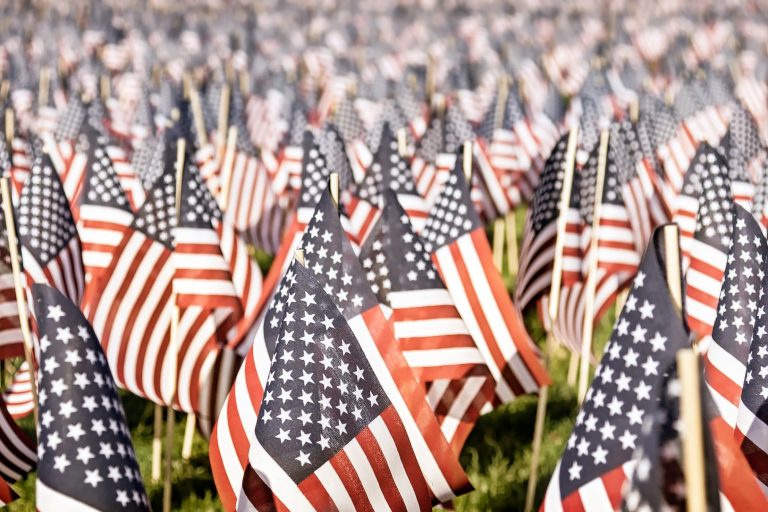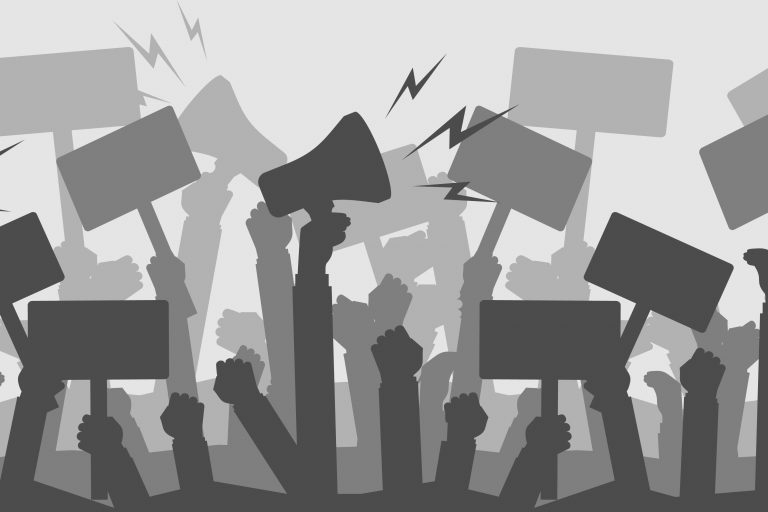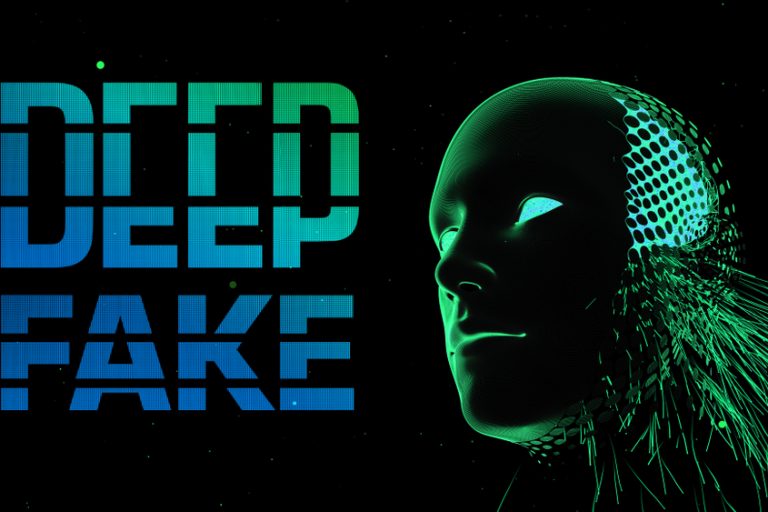My Three Cents

Makovsky
Thursday, January 16, 2014No stats. Just a hunch. Disasters are increasing. Whether floods, terrorism, tsunamis, plants collapsing, fires, oil spills — the list goes on and on and on. And it seems disasters are coming more frequently than years ago. So there I was, at an Institute of Public Relations seminar about disasters led by a disaster sociologist, Dr. Jeanette Sutton at the University of Colorado. Did you know there was such a field as disaster sociology? It makes eminent good sense. Dr. Sutton proved it.
People need clear messages in the midst of disasters. Precise instruction. Focused, centralized channels. An understanding of the stakeholders to whom the message is being delivered: people at risk in the area, people who want to help, people who are curious, people in surrounding areas who could be impacted; and those who are concerned about loved ones who might be vulnerable.
Bombs went off at the Boston Marathon, and confusion reigned. While there was a government and pre-disaster plan where leadership is moved to federal agencies when a terrorist attack occurs, it was not evident how this plan would be carried out on social media. Also, there were no terse planned messages delivered by public officials, which meant that the public would have to search across individual accounts to find relevant information rather than in a single channel stream. The Boston Police took the lead in putting out information over Twitter accounts – possibly the fastest and most trustworthy of the platforms – but there was no common hashtag (#) for the thousands of messages. Different organizations were communicating different messages over different channels with little if any coordination. In today’s environment we have the opportunity to reach people on the move through social media on mobile units, but that opportunity was mangled. Mobile magnifies sharing; there was some such activity but it was not what it could have been.
It has been my experience that companies have always resisted crisis planning. In today’s environment, it is a fundamental. There are patterns of human behavior when such crises occur, and there are words and styles that people respond to. We know that guidance telling people what to do is what everyone wants to hear. Today message brevity is constrained by the channel, e.g. Twitter – 140 characters. So there is no choice.
In sum, make crisis planning a foregone duty, regardless of whether you’re in the corporate or governmental sectors: be prepared. Identify the organizations that will band together, coordinate messages and determine channels. The spokesperson should practice delivery; offer guidance and reassurance; employ an empathetic, credible tone and understand why he/she is communicating. Of course, following any disaster, study what was done and make necessary changes to ensure the organized approach grows.











